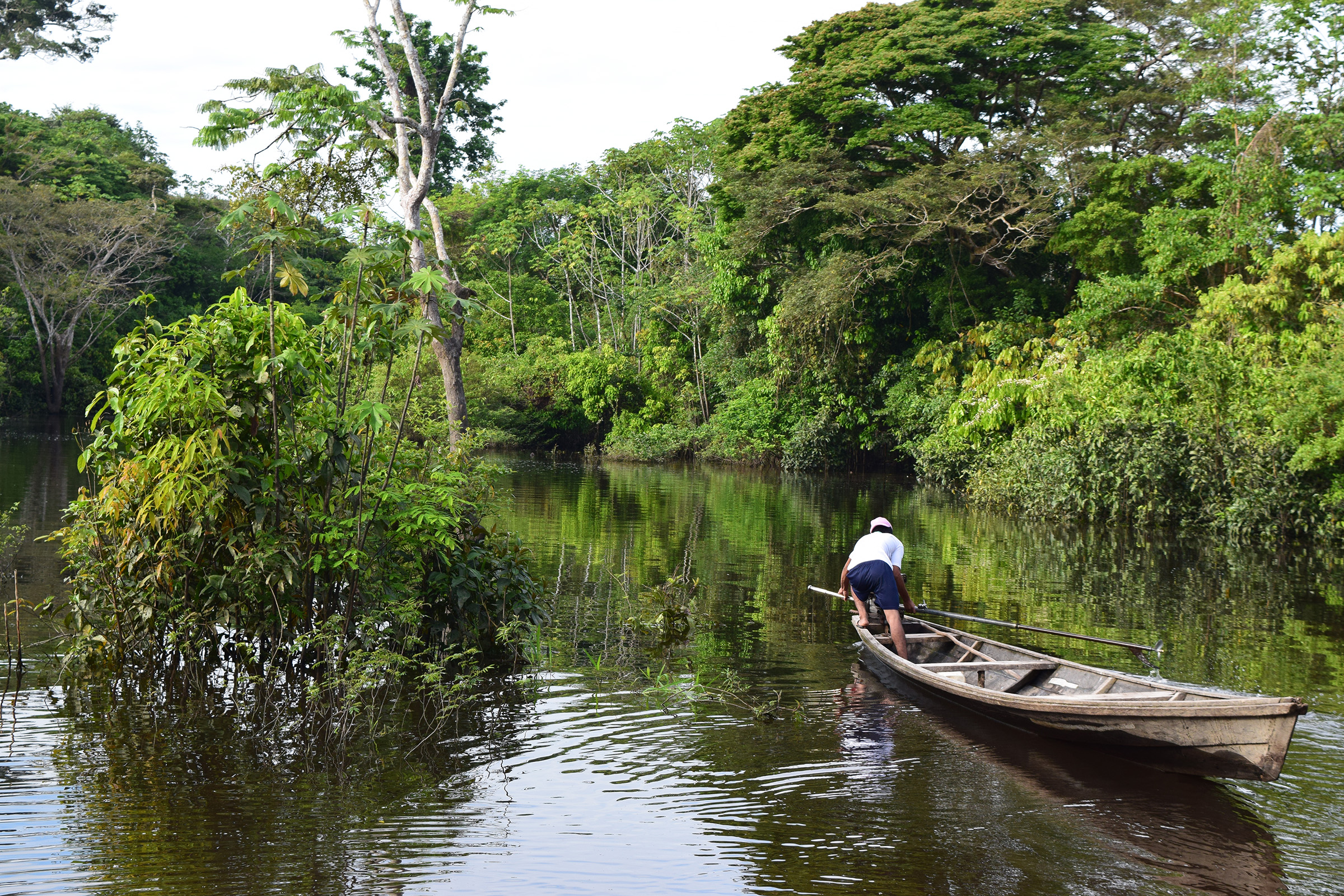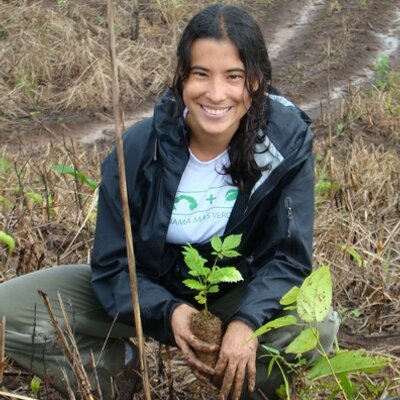As highlighted by the UN Decade of Family Farming, forests are essential for food security, livelihoods and natural resource management for smallholder farmers and family farmers worldwide. Rural populations source much of their diets from forests, including fruits, seeds, fungi, legumes, insects, animals and even leaves, stems and roots. As interest in the role of forests in food systems grows, so does the understanding of what foods various communities rely upon.
Small-scale farmers living in or near forests are part of biologically diverse, integrated landscape system which provides them with ecosystem, economic and cultural benefits. Non-timber forest products provide food, income and nutritional diversity to approximately 20 % of the world's population, especially women, children and other people in vulnerable conditions. Forests and trees also provide about 20 % of the income for rural households in developing countries.
In Colombia, forests serve indigenous peoples, Afro-Colombian and peasant communities, which use ancestral knowledge and practices to manage these natural resources. With 10 percent of the planet’s biodiversity and 80 ethnic groups, Colombia is a perfect microcosm for studying the links between forests, food and rural communities.
According to an ongoing analysis by the Food and Agriculture Organization of the United Nations (FAO) and the UN-REDD Programme, approximately 185 plants are used to feed local communities. Of these species, 137 are tree-bearing plants (trees, shrubs, palms, etc.) that provide a source of food for communities. Overall, the non-timber forest products that are most used in food are fruits and seeds. The consumption of leaves, palms, stems and roots is also part of the traditional culinary dishes of indigenous peoples and Afro-Colombian communities.
Reports show similarities across Colombian communities in terms of their reliance on certain plant species. Indigenous peoples, Afro-Colombian and peasant communities overlap on the use of coconut, camu-camu, cocoa, guama, sacha-inchi and algarrobo. However, each group uses particular plant species in their diets. For Indigenous communities, it’s cumare, jagua, palma mil pesos, inchi, iguaraya and moriche stand out. For Afro-Colombian communities, it’s chonta, yuyo, espavé, grosella, choibá, sietesabores, naidí, madroño and the Black Mangrove. Peasant communities share many of these foods, but also include fig, pepper, sapote and guamo. These plants supplement the subsistence crops produced by these local communities.
The use of these forest foods by local and rural communities in Colombia highlights a reliance on ancestral knowledge and confirms family farming is an integrated system where the sustainable use of forests and subsistence crops co-exist.
While ongoing research by FAO and UN-REDD examines plants as a food source in rural Colombian communities, there remains an information gap on the use of plant species in medicine, nutrition and cultural practices. Such a comprehensive study does not yet exist, but if undertaken would provide more robust mapping of forests and food for the whole country by estimating the nutritional and economic value that non-timber products provide to rural families. Its results could inform decision making on value chains and markets for the responsible consumption of many promising forest food product, which would in turn benefit the livelihoods of local communities while also recognizing their traditional knowledge.
The ongoing study complements Colombia’s actions to reduce deforestation and forest degradation (REDD+) presented in the country’s National REDD+ Strategy, “Bosques Territorios de Vida.” Developed with support from the UN-REDD Programme, alongside other partners, the strategy uses participatory processes to
incorporate inputs from Indigenous peoples and Afro-Colombians. As Colombia works to continue implementing the REDD+ strategy and to build more sustainable forest systems, this pilot study further highlights the need to value forests and understand the use of forest plant species across sectors, cultural practices and diets.


